We all know that every cognac is a brandy but not every brandy is a cognac, well most of us do, but what different brandies are there out there and what are they like?
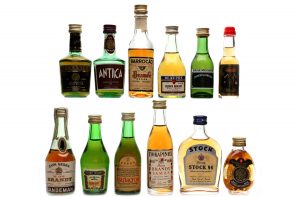 Well, cognac is the finest of them all and the best known. It must be made in line with all sorts of regulations to ensure that quality is maintained and that it is properly distilled and aged. The other well-known French brandies are armagnac and calvados. Armagnac is distilled on a continuous still as a single distillation and tends to be quite fruity in flavour. Calvados on the other hand is made from a cider and can have quite a pear drop flavour as it is necessary to add pears for greater acidity to help the distillation. However, there are other French brandies too. One is from Alsace which is traditionally made from their Gurwüztraminer grapes and of course there is Marc made in the burgundy region usually from the heavy lees which probably include the skins, pips and any other leftovers. A little less known is Champagne Marc. This is distilled from the champagne grapes which are pressed whole and distilled. It is quite fruity and distilled at a low rate of about 52 degrees. It is quite normal to add sugar which of course can make it quite sweet. Other French Brandies come from the Cote-du-Rhône, Provence and Jura where there is a long tradition.
Well, cognac is the finest of them all and the best known. It must be made in line with all sorts of regulations to ensure that quality is maintained and that it is properly distilled and aged. The other well-known French brandies are armagnac and calvados. Armagnac is distilled on a continuous still as a single distillation and tends to be quite fruity in flavour. Calvados on the other hand is made from a cider and can have quite a pear drop flavour as it is necessary to add pears for greater acidity to help the distillation. However, there are other French brandies too. One is from Alsace which is traditionally made from their Gurwüztraminer grapes and of course there is Marc made in the burgundy region usually from the heavy lees which probably include the skins, pips and any other leftovers. A little less known is Champagne Marc. This is distilled from the champagne grapes which are pressed whole and distilled. It is quite fruity and distilled at a low rate of about 52 degrees. It is quite normal to add sugar which of course can make it quite sweet. Other French Brandies come from the Cote-du-Rhône, Provence and Jura where there is a long tradition.
Next best known is Spanish brandy. This is made in the solera fashion which is a top-up system of ageing. Producers can take up to 20% off the bottom of the barrel and replace it with new eau de vie on the top. Spanish brandies are also aged in casks that have contained other drinks, usually sherry. They are said to be the oldest brandies in the world using traditions passed on by the Arabs.
The Italian brandies are relatively tightly controlled, and only specific wines can be used. They are distilled at quite low alcohol ranges to preserve the fruitiness of the brandy. Italian brandies are not to be confused with Grappa, often referred to as the peasant’s drink. Grappa was traditionally taken with coffee and used for all sorts of medicinal purposes, even disinfectant.
German brandies are made from grapes imported from either France or Germany, they often contain macerated fruits as well as caramel and sugar syrups. Probably the best known is Asbach.
American brandies are generally thought of as a fall-back beverage from the millions of bottles of wines that are produced. They are mainly made in Califonia from the generic grapes of the region and can include all sorts of additives including caramel, sugar syrup and prune juice. Consequently, they are similar in flavour to the Spanish style brandies.
In Latin America there are a range of brandies including Pisco, a pure brandy made from the indigenous grapes of the region. Pisco takes its name from ‘pisku’ which in Quechua, the language of the Incas, means flying bird. This is a good description for this light and volatile spirit.
Other brandy producing nations are Australia, South Africa and Greece (where Metaxa is produced). Also, Israel who is the only producer of Kosher brandy.
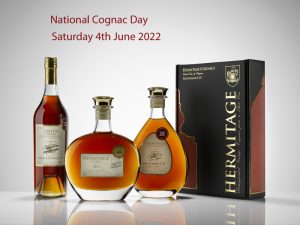 National Cognac Day on June 4th invites you to enjoy one of the finest alcoholic drinks available. Cognac, which originates from a town of the same name in France, is a type of brandy enjoyed because of its distilled and fine taste. Cognac begins as a white wine that has been produced in one of six designated growing regions. This definition explains the axiom ‘ all cognac is brandy but not all brandy is cognac’. Ironically, the white wine from which cognac starts, is considered by most wine connoisseurs to be entirely undrinkable. But once it has been distilled in an alembic still and aged in oak casks for years, it is absolutely delicious.
National Cognac Day on June 4th invites you to enjoy one of the finest alcoholic drinks available. Cognac, which originates from a town of the same name in France, is a type of brandy enjoyed because of its distilled and fine taste. Cognac begins as a white wine that has been produced in one of six designated growing regions. This definition explains the axiom ‘ all cognac is brandy but not all brandy is cognac’. Ironically, the white wine from which cognac starts, is considered by most wine connoisseurs to be entirely undrinkable. But once it has been distilled in an alembic still and aged in oak casks for years, it is absolutely delicious.
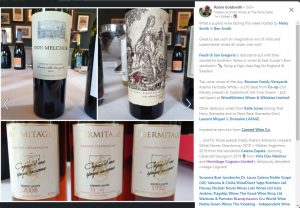 Thanks to Robin Goldsmith, freelance drinks writer at The Write Taste, for reviewing our Hermitage Cognacs as “deliciously decadent vintage Cognacs”. The cognacs that Robin tasted are three of which we are particularly proud:
Thanks to Robin Goldsmith, freelance drinks writer at The Write Taste, for reviewing our Hermitage Cognacs as “deliciously decadent vintage Cognacs”. The cognacs that Robin tasted are three of which we are particularly proud: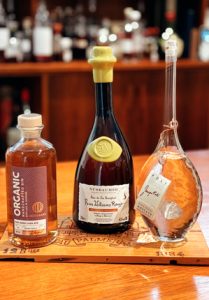 March is always the perfect time of year to celebrate Mother’s Day – spring is here and there are signs of new life appearing around every corner. So how do you say thanks to your Mum for all the years of love, kindness and support? Well this year we have lots of new ideas including
March is always the perfect time of year to celebrate Mother’s Day – spring is here and there are signs of new life appearing around every corner. So how do you say thanks to your Mum for all the years of love, kindness and support? Well this year we have lots of new ideas including 

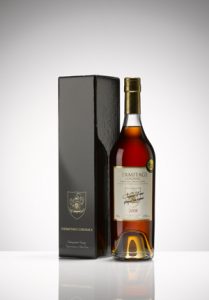 “There can be few spirits with such an illustrious pedigree and premium connotations as Cognac.” Following the last International Wine and Spirit’s Competition (IWSC) a list of the
“There can be few spirits with such an illustrious pedigree and premium connotations as Cognac.” Following the last International Wine and Spirit’s Competition (IWSC) a list of the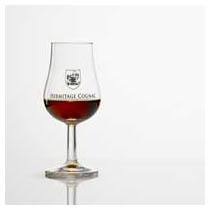 The digestif is an alcoholic drink served after dinner to aid digestion. So, one may ask, does it? Well yes it does. I guess that you would expect me to say this as
The digestif is an alcoholic drink served after dinner to aid digestion. So, one may ask, does it? Well yes it does. I guess that you would expect me to say this as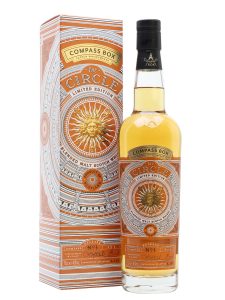 Scottish whisky blender, Compass Box, has released a new spirit drink comprising calvados & whisky. The calvados, from the
Scottish whisky blender, Compass Box, has released a new spirit drink comprising calvados & whisky. The calvados, from the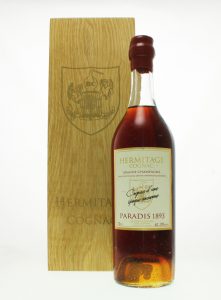
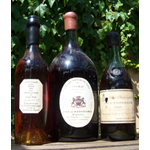 Recent sales of some rare vintages have only served to highlight the value of old vintage cognacs. Prices of more than £200k a bottle were achieved on two occasions and we have seen other mouth-watering prices being paid. But not only have the prices of
Recent sales of some rare vintages have only served to highlight the value of old vintage cognacs. Prices of more than £200k a bottle were achieved on two occasions and we have seen other mouth-watering prices being paid. But not only have the prices of  Well,
Well, 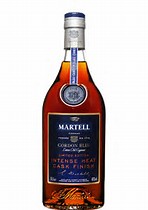 Previously we reported that Martell had introduced their first non-chill filtered cognac. Since then they have also released an ‘Intense Heat Cask Finish’. Adding a finish to cognac is new territory for the industry as the production process is heavily regulated by the Bureau National Interprofessionnel du Cognac (BNIC). Martell, however, have produced their ‘finish’ within current rules. Their ‘Intense Heat Cask Finish’ refers to the intense burning of the oak barrels used for ageing. The result is a cognac with intensely woody tones. Toasting the oak barrels to varying degrees has always been an accepted part of cognac production so this ‘Intense Heat Cask Finish’ should be allowable. In the spirits industry, the phrase ‘Adding a Finish’ usually applies to the use of other used barrels e.g. ones previously containing sherry – we wait to hear the BNIC view on that!
Previously we reported that Martell had introduced their first non-chill filtered cognac. Since then they have also released an ‘Intense Heat Cask Finish’. Adding a finish to cognac is new territory for the industry as the production process is heavily regulated by the Bureau National Interprofessionnel du Cognac (BNIC). Martell, however, have produced their ‘finish’ within current rules. Their ‘Intense Heat Cask Finish’ refers to the intense burning of the oak barrels used for ageing. The result is a cognac with intensely woody tones. Toasting the oak barrels to varying degrees has always been an accepted part of cognac production so this ‘Intense Heat Cask Finish’ should be allowable. In the spirits industry, the phrase ‘Adding a Finish’ usually applies to the use of other used barrels e.g. ones previously containing sherry – we wait to hear the BNIC view on that!